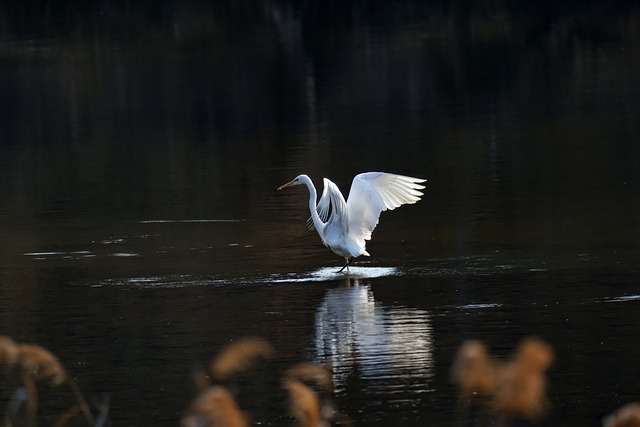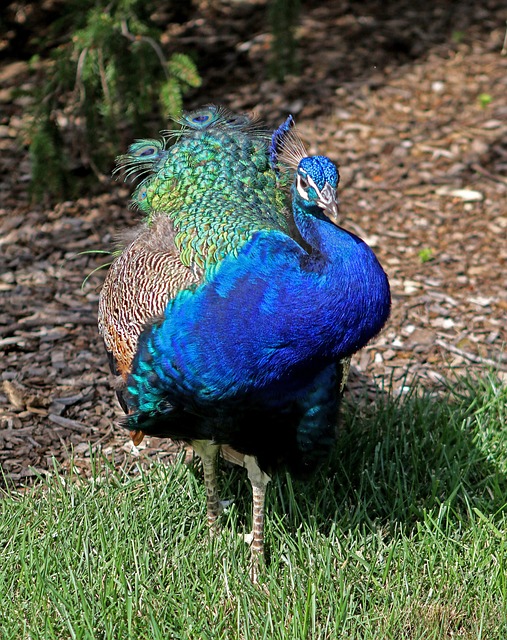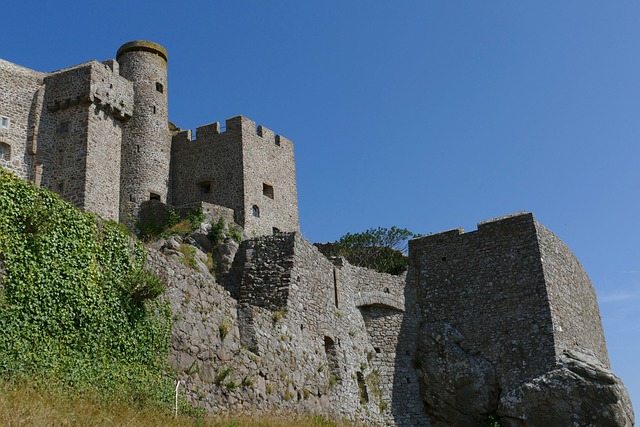Hacklebarney State Park in Chester, NJ, is a natural gem nestled within Morris County, offering over 1,700 acres of diverse terrains and rich biodiversity. This park features deep valleys, mountain streams, and lush hardwood forests, ideal for hiking, fishing, and picnicking. The highlight is the Great Falls at the Patrick Murray Memorial Bridge, a testament to the area's impressive geological formations. Hacklebarney, with its extensive trail system, including the Highlands Trail, caters to outdoor enthusiasts of all levels, from casual visitors to seasoned hikers, and offers a dynamic landscape of rolling hills, expansive woodlands, and open fields. It's home to a variety of native plant species and diverse wildlife, embodying the natural splendor and ecological significance of Morris County, New Jersey. The park serves as a critical conservation area, maintaining ecological balance and providing a vital habitat for species like the timber rattlesnake. Visitors can immerse themselves in the region's outdoor offerings and engage with its rich natural environment, highlighting the importance of ongoing conservation efforts to preserve this area for future generations.
Situated in the heart of Morris County, New Jersey, Hacklebarney State Park stands as a natural haven for outdoor enthusiasts. This article delves into the park’s rich tapestry of trails and terrains, inviting hikers to traverse its diverse landscapes. Discover the ecological wonders that thrive within this green space, from its unique flora to the diverse fauna that call it home. Join us as we explore the natural splendor of Hacklebarney State Park, a gem nestled in Chester, NJ, and unveil the secrets held within its borders.
- Exploring the Natural Wonders of Hacklebarney State Park, Morris County, NJ
- Trails and Terrain: A Hiker's Guide to Hacklebarney State Park
- The Flora and Fauna of Hacklebarney State Park: An Ecological Overview
Exploring the Natural Wonders of Hacklebarney State Park, Morris County, NJ

Hacklebarney State Park in Chester, NJ, offers a captivating window into the natural wonders of Morris County, New Jersey. Spanning over 1,700 acres, this state park is a haven for nature enthusiasts and outdoor adventurers alike. The park’s diverse landscapes include deep valleys, mountain streams, and towering hardwood forests that provide a serene backdrop for activities such as hiking, fishing, and picnicking. Visitors can traverse the trails that weave through the park, leading to waterfalls like the impressive and picturesque Great Falls, which is also known as the Patrick Murray Memorial Bridge. The park’s geological features and abundant wildlife are a testament to the natural beauty and biodiversity of Morris County, NJ. It’s a perfect spot for those looking to immerse themselves in the outdoors and experience the region’s rich ecosystems. The park’s well-maintained paths and accessibility make it an ideal destination for both casual day-trippers and seasoned hikers seeking to explore the scenic vistas of this Morris County gem.
Trails and Terrain: A Hiker's Guide to Hacklebarney State Park

Nestled in the heart of Morris County, New Jersey, Hacklebarney State Park presents a tranquil haven for hiking enthusiasts and nature lovers alike. With its varied terrain and well-marked trails, this park offers an array of outdoor experiences for visitors seeking to immerse themselves in the natural beauty of the region. The park’s network of paths ranges from easy strolls to more challenging treks, ensuring that both novice and seasoned hikers can find a route that suits their preferences. One of the most popular trails, the Highlands Trail, traverses over 17 miles and connects with the Frying Pan Trail within Hacklebarney State Park, providing panoramic views and diverse landscapes for adventurers to explore. The terrain here features rolling hills, dense woodlands, and open fields, offering a dynamic experience as one navigates through the park’s borders. In addition to the well-maintained trails, Hacklebarney State Park is also home to notable landmarks such as the historic Jenny Jump Cannon and the dramatic rock formations of Jenny Jump State Forest, which adjoins it, adding depth and interest to the hiking experience in this corner of Morris County, New Jersey. Whether seeking a brief respite or an extended wilderness journey, Hacklebarney State Park’s trails and terrain invite visitors to discover the natural wonders that this area has to offer.
The Flora and Fauna of Hacklebarney State Park: An Ecological Overview

Hacklebarney State Park, nestled in the heart of Morris County, New Jersey, is a natural sanctuary that showcases a diverse array of flora and fauna. The park’s ecosystem is a rich mosaic of habitats, including deciduous forests, wetlands, and rocky ridges. Visitors can witness the vibrant life forms that thrive within this environment, as the region’s varied topography supports a wide range of plant species such as towering oaks, maples, and the iconic New Jersey pitch pine barrens. These ecosystems provide essential habitats for numerous wildlife species, including migratory birds, native amphibians, and diverse mammalian populations. The park’s location in Morris County, New Jersey, positions it as an integral component of the state’s ecological heritage, offering a window into the natural history of the region and contributing to its biodiversity.
The flora of Hacklebarney State Park is not only visually stunning but also plays a critical role in sustaining the park’s ecological balance. The fauna, equally as diverse, includes species that are both common and rare within the state. Notably, the park’s wetlands are home to a variety of fish and aquatic invertebrates, while the upland areas support terrestrial wildlife such as the timber rattlesnake, a native reptile that can be observed during warmer months. The park’s role as a habitat for these species underscores its importance as a conservation area within Morris County, New Jersey, and highlights the need for continued protection and stewardship to preserve its natural beauty and ecological integrity for future generations.






